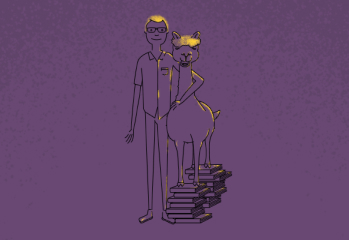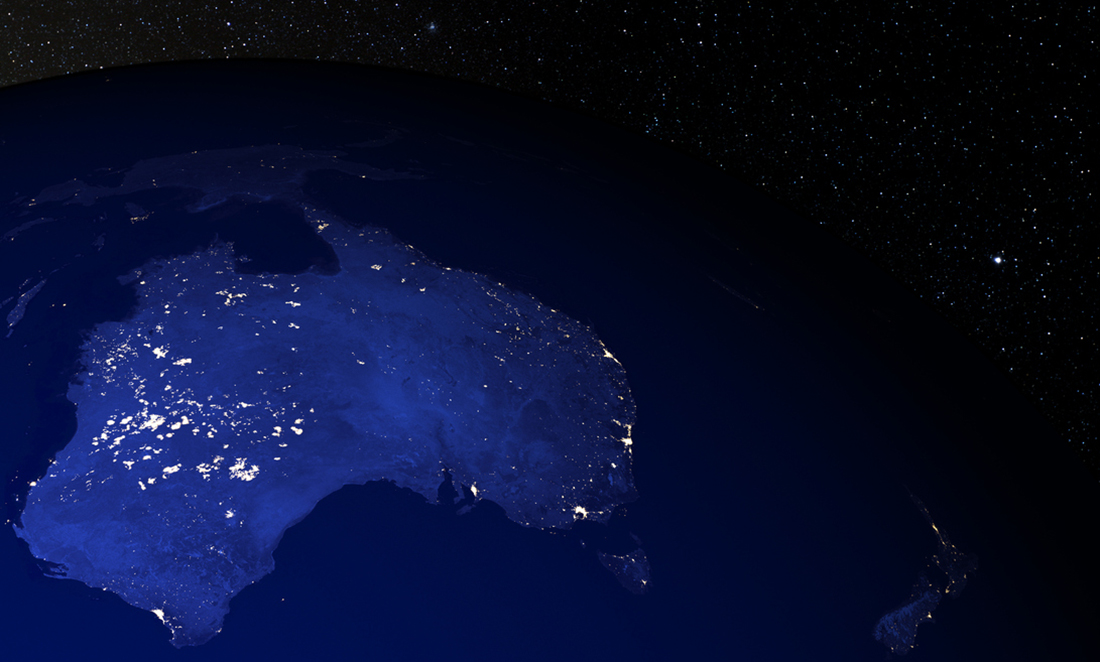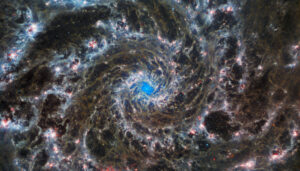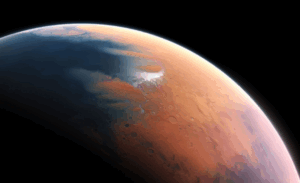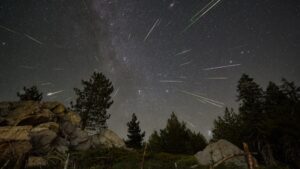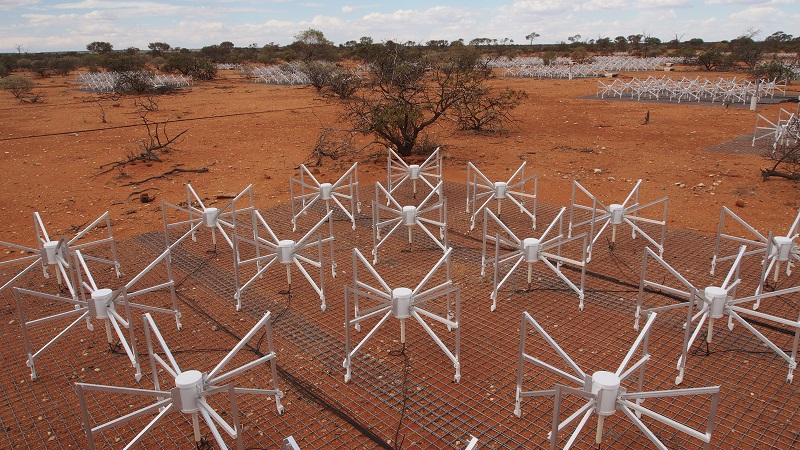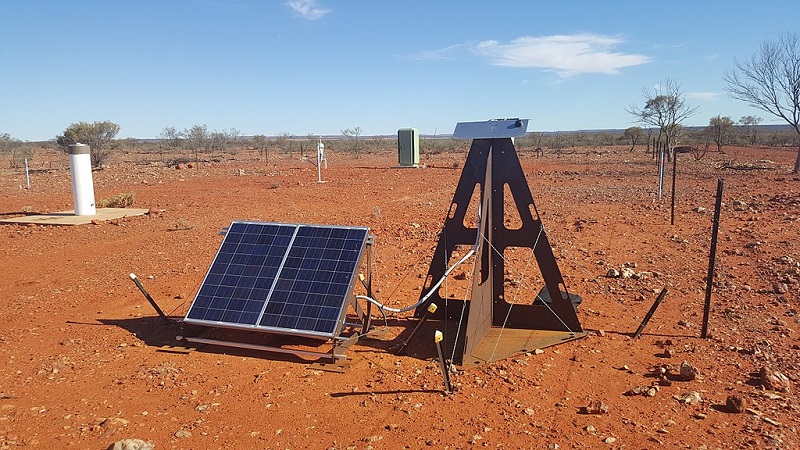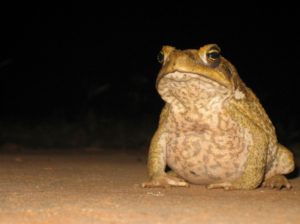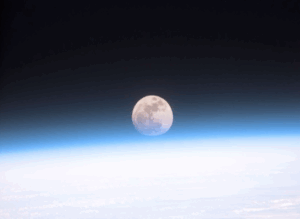The space agency was announced in September 2017 at the International Astronautical Congress, the world’s largest space exploration conference. Lately, we’ve seen some fierce competition around where that new space agency might be based.
The WA Government has been showing off WA’s space capabilities to make a case for basing the agency here.
We do have some amazing space stuff in WA. We host the Desert Fireball Network, will host part of the Square Kilometre Array and we have a deep-space tracking station among other things.
But playing it off as state versus state is sort of missing the point, says Professor Steven Freeland, Dean of the School of Law at Western Sydney University.
An Australian space race?
Steven helped write the report that led to us getting a space agency in the first place.
“There’s good stuff going on all over the country,” he says.
“And at least to start with, the space agency has said it’ll be based centrally in Canberra to take advantage of that.”
Even at the height of the original space race, space was just as much about cooperation as it was about competition.
“In the end, it’s cooperation, not competition, that’s going to maximise our space potential,” Steven says.
Getting off the ground
The space agency is due to start operations on 1 July 2018. It’ll be headed up by Megan Clark, the former head of the CSIRO.
One of their first jobs will be figuring out what their job actually is. Their first 3 months will be dedicated to writing their charter and setting out exactly what their role will be.
While nothing is confirmed yet, we can find some clues in the space industry capability review, where a group of space experts sat down and figured out exactly what Australia’s space industry needs.
We can tell that they probably won’t be launching any rockets, designing any space probes or hiring any astronauts—sorry, space cadets.
What they will be doing is talking. They’ll be talking to other government departments to get all the great space stuff we already have working nicely together. They’ll be talking to other national space agencies to get Australians involved in projects. And they’ll be talking to Australian space and tech companies to see what they need—potentially even funding them.
Talking might not sound as fun as launching things into space, but it’s far from boring. In fact, this is a huge part of what NASA does—companies like SpaceX and Blue Origin wouldn’t get off the ground without NASA contracts to support them.
Laws of physics
Meanwhile in Canberra, Parliament is quietly updating Australia’s space laws.
Under the Outer Space treaty, Australia (as a country) is responsible for anything Australians put in space. If we make a mess up there, we have to pay for it as a country. The Space Activities Act lets the government regulate who is putting stuff up there that we’re later going to be responsible for as a nation.
When Australia’s space legislation was written in 1998, it was done with the expectation that only enormous companies would be participating in the space industry.
That’s changed in the last 20 years. Smaller players are involved now, and the government wants to make it easier for them to participate. So the government is proposing to tidy up some of the licences and suggest making companies pay for just $100m of any damage they cause, rather than $750m.
Right now, that legislative change is before Parliament. It’s not glamorous, but it should make things a little easier for Australian space companies.
So where are we now?
Getting to space is complicated. There’s a lot of moving parts involved that have to work together perfectly. Everything is kind of up in the air and moving very fast.
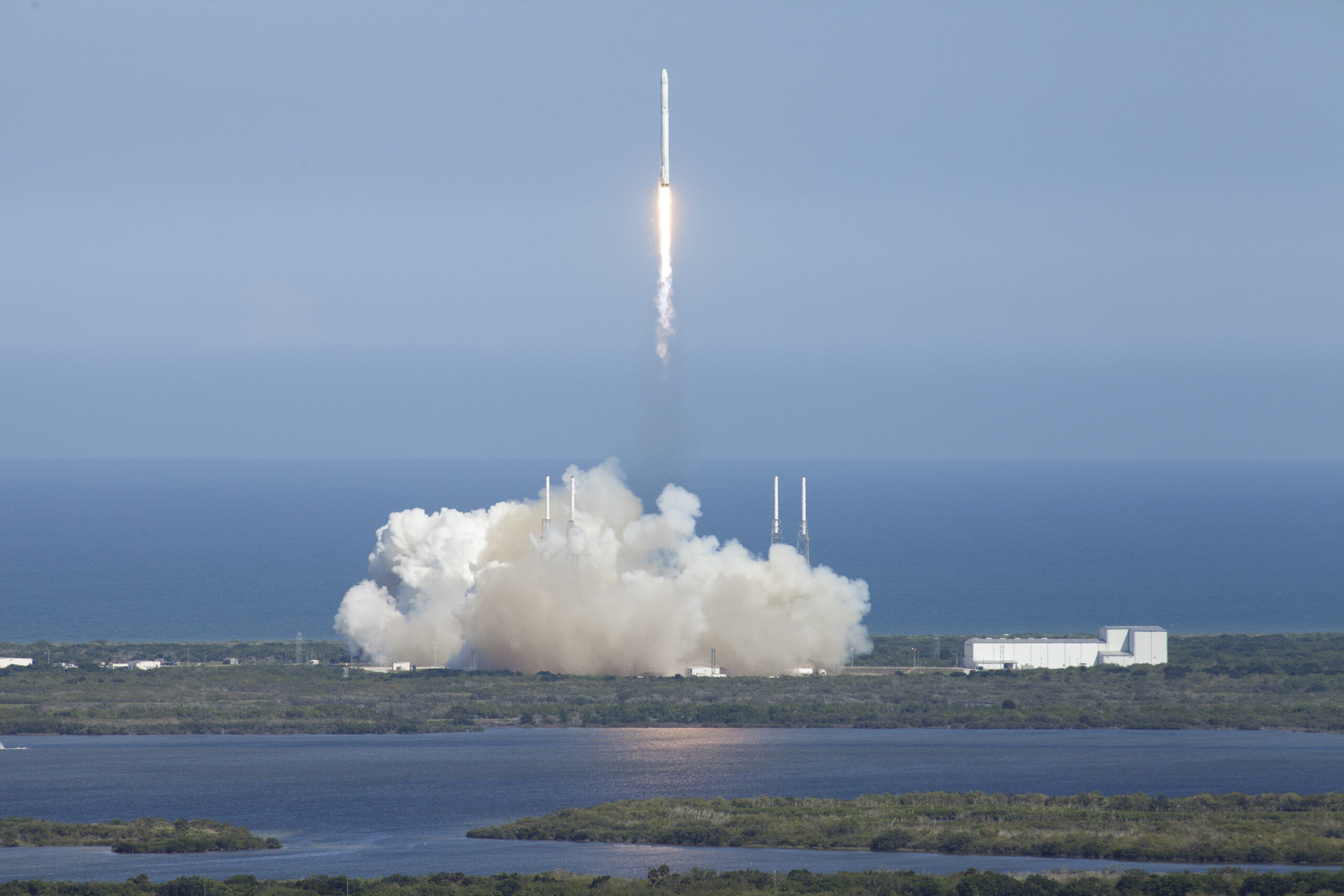
But if you want to go to space, maybe that’s not such a bad place to be.
Editor’s note: The Australian Space Agency was opened in Adelaide on 19 February 2020.
